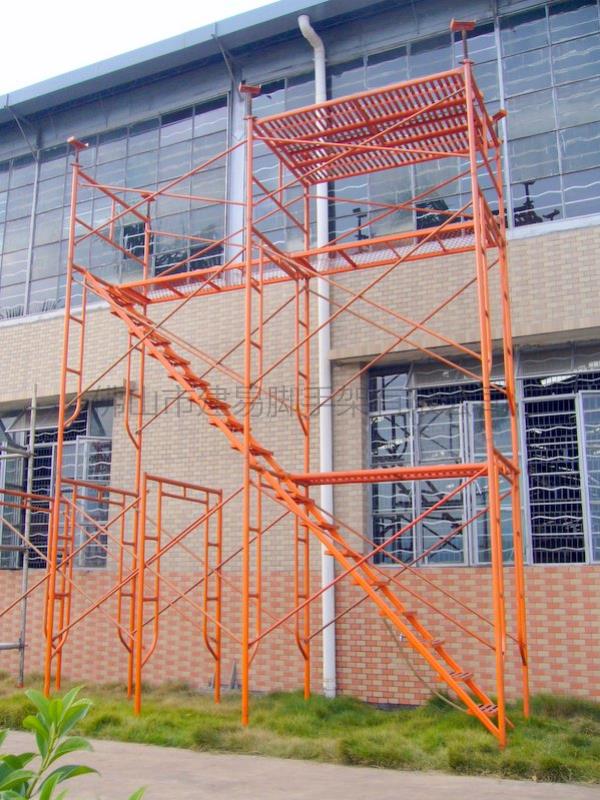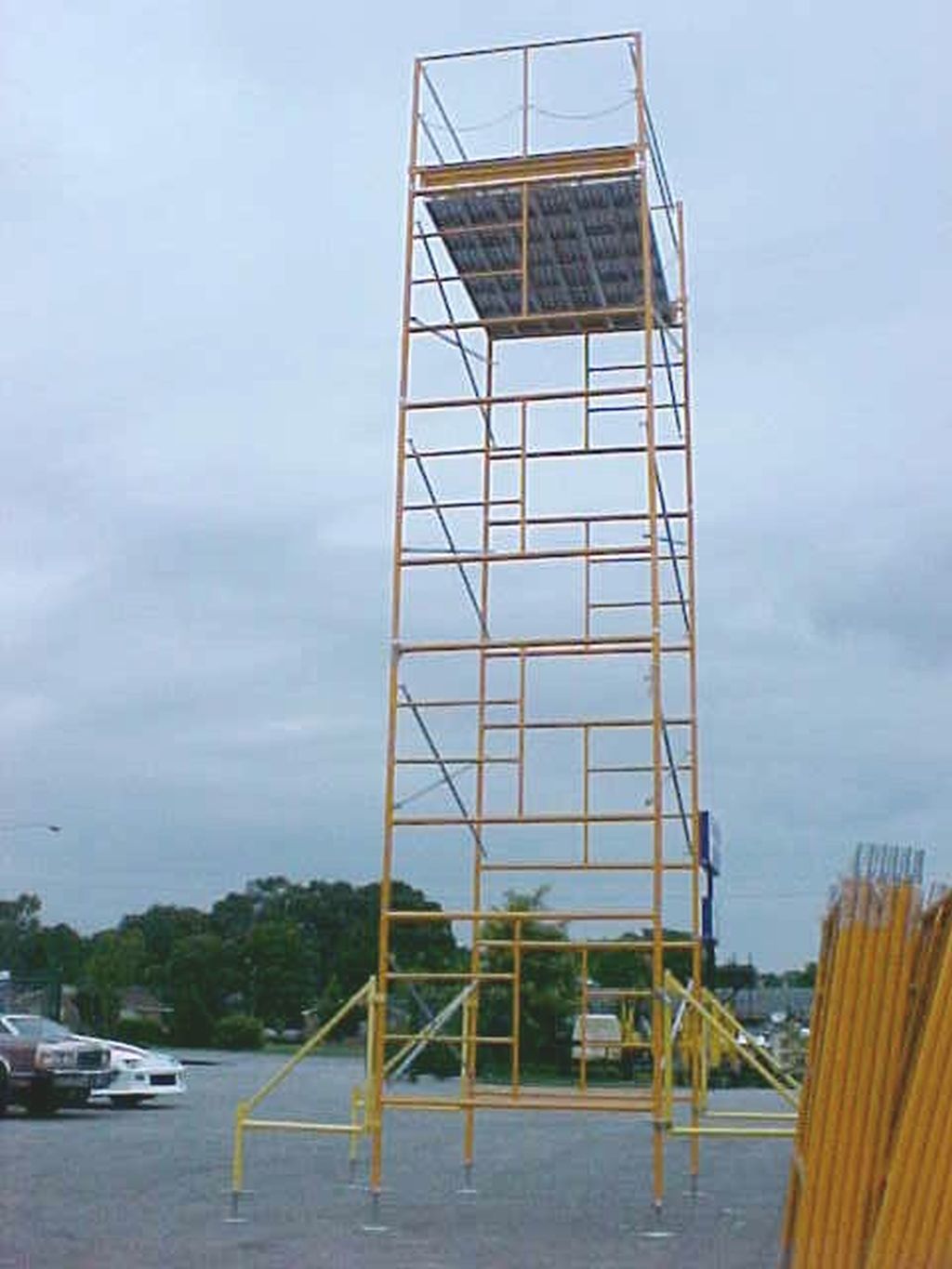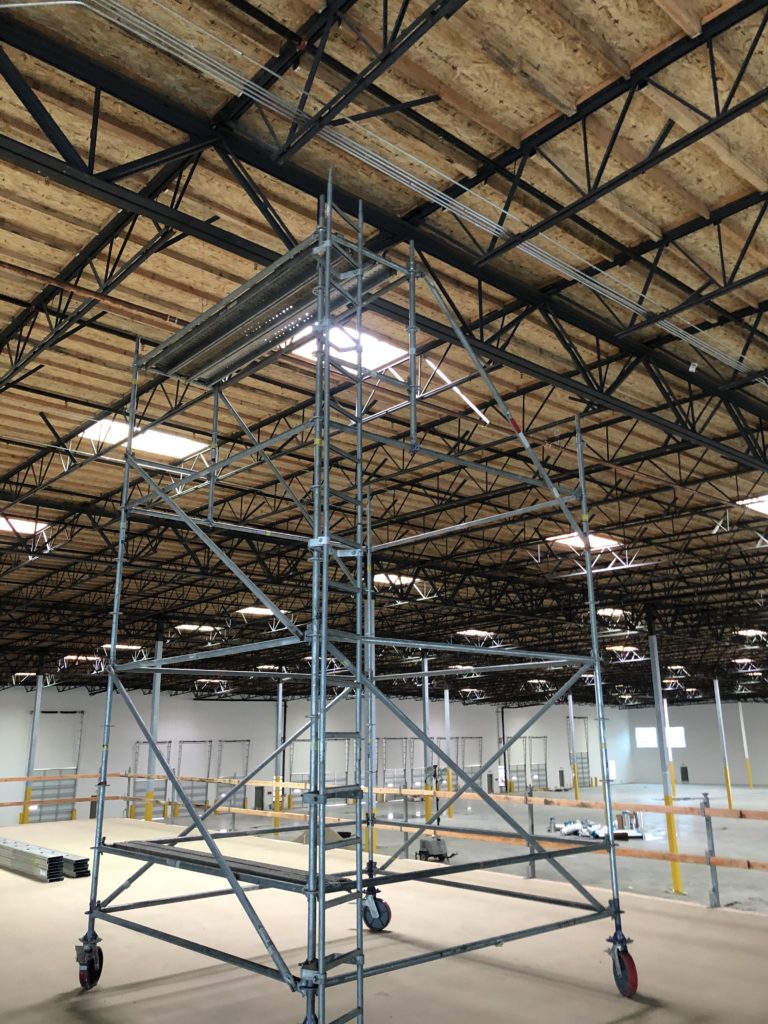Scaffolding for Do It Yourself Projects: Safety and Strategy
Innovations in Scaffolding Modern Technology: Whats New? ========================================================
The most up to date scaffolding developments focus on safety with innovative sensor technology for stability and immediate intervention. Ergonomic design improves customer comfort and efficiency. Light-weight compounds like carbon fiber and fiberglass offer convenience and convenience of customization. Mobile scaffolding solutions improve worker efficiency with simple transportation and fast assembly. Smart technology assimilation consists of remote tracking for real-time information on stability and predictive maintenance evaluation. Lasting practices focus on recyclable products and energy-efficient solutions. These innovations in scaffolding innovation display a new era of improved safety, performance, and sustainability in building.
Boosted Safety Attributes
Implementing advanced sensing unit technology has transformed the security attributes in modern-day scaffolding systems. These improvements have actually significantly enhanced security and security for employees at building and construction websites. Sensing units embedded within the scaffolding can discover any kind of prospective instability or stress on the structure, supplying real-time responses to employees and managers. This immediate alert allows for fast treatments to prevent crashes and injuries.
Additionally, ergonomic technologies in scaffolding design have likewise played an essential duty in boosting safety. Scaffolding systems are now developed with a focus on user convenience and performance. Attributes such as flexible elevations, simple setting up, and light-weight products lower stress on workers' bodies, minimizing the risk of bone and joint injuries. Additionally, ergonomic hand rails and systems offer much better stability and assistance for workers while moving the scaffolding.
Advanced Materials and Layouts
The development of scaffolding innovation has resulted in the combination of innovative materials and cutting-edge styles, changing the construction sector. Lightweight composites and modular systems are at the leading edge of these advancements, providing improved efficiency and safety on construction sites.
Lightweight composites, such as carbon fiber and fiberglass, have replaced conventional steel parts in contemporary scaffolding systems. These products supply the needed strength while reducing the general weight of the scaffolding framework. This not only makes setting up and disassembly much easier yet also improves transportability and maneuverability on-site.
Modular systems have come to be significantly popular because of their convenience and ease of customization. These systems contain standard elements that can be quickly adjoined, allowing for quick setting up and disassembly. The modular layout additionally allows scaffolding structures to be customized to the particular demands of each task, enhancing efficiency and overall safety.

Integrating sophisticated materials like lightweight compounds and utilizing modular systems are essential trends driving the advancement of scaffolding innovation, offering building and construction business a more effective and versatile service for their jobs.
Enhanced Portability and Movement
With the developments in light-weight composites and modular systems boosting performance and security in scaffolding innovation, the emphasis currently moves to discovering just how these developments have added to raised mobility and wheelchair on building websites. Light-weight durability and small ease are essential functions that allow scaffolding to be conveniently moved and steered around job websites.

The use of cutting-edge materials and styles has actually assisted in the advancement of scaffolding systems that supply simple portability and fast assembly, allowing construction crews to establish and dismantle scaffolds promptly and effectively.
These portable scaffolding solutions not just save time but also improve employee efficiency by supplying an adaptable and mobile platform for executing jobs at numerous elevations. The capability to relocate scaffolding rapidly and without extreme effort warranties that jobs can progress smoothly and without unneeded hold-ups.
Smart Innovation Assimilation
Recent developments in scaffolding modern technology have seen a smooth integration of clever technologies to enhance security and effectiveness on building websites. One of the essential facets of this integration is remote tracking, where sensors are placed on scaffolding frameworks to gather real-time data on various parameters such as tons, stability, and environmental conditions. This data is then transmitted wirelessly to a central system, enabling job managers to keep an eye on the scaffolding's efficiency from another location and recognize any potential concerns prior to they escalate.
In addition, AI integration plays an important role in evaluating the information gathered from these sensors. Artificial intelligence algorithms can identify patterns, forecast upkeep needs, and even recommend optimization approaches to boost the scaffolding's efficiency. Cloud connectivity makes it possible for smooth accessibility to this information from anywhere, promoting fast decision-making and proactive upkeep scheduling. Information analytics even more improve the insights attracted from the accumulated information, providing useful info for improving safety and security methods and functional efficiency on building and construction sites.
Sustainable and Eco-Friendly Solutions
Improvements in sustainable and eco-friendly remedies within scaffolding innovation are increasingly forming the building sector's approach to environmental duty and resource conservation. Eco-friendly initiatives play a crucial duty in this shift, with a focus on making use of recyclable materials in scaffolding building. By including recyclable materials, such as aluminum or steel, scaffolding suppliers are minimizing waste and promoting an extra lasting construction process.
Additionally, energy-efficient techniques are being embraced to even more lessen the ecological impact of scaffolding tasks. These techniques not only aid in lowering energy consumption however additionally contribute to the decrease of carbon exhausts, consequently assisting in the total carbon footprint decrease of building and construction activities. Scaffolding companies are increasingly buying energy-efficient innovations such as LED lights for building and construction sites and using renewable energy sources to power equipment.
Frequently Asked Inquiries
Just How Do Scaffolding Firms Ensure Compliance With Market Safety And Security Regulations and Requirements When Carrying Out Boosted Safety Functions?
To guarantee conformity with market security policies, scaffolding firms implement improved safety functions such as sophisticated guardrails, anti-slip surfaces, and automated monitoring systems. https://newhamscaffolding.co.uk/index.html Regular training, evaluations, and extensive adherence to standards are crucial components of preserving a secure workplace.
Exist Any Possible Drawbacks or Limitations to Utilizing Advanced Materials and Designs in Scaffolding Building And Construction?
While sophisticated products and layouts in scaffolding building deal boosted security features, possible disadvantages include price implications, maintenance needs, and safety concerns occurring from complicated frameworks. Cautious evaluation and normal examinations can assist reduce these constraints.
How Do Improvements in Boosted Portability and Mobility Influence the General Stability and Longevity of Scaffolding Structures?
Advancements in mobility can boost convenience yet may compromise stability. Boosted wheelchair can affect sturdiness by modifying architectural honesty. Stabilizing these aspects is crucial for ensuring secure and dependable scaffolding frameworks in building and construction jobs.

What Are the Main Obstacles Dealt With When Integrating Smart Technology Into Scaffolding Equipments, and Just How Are These Obstacles Being Addressed?
Incorporating wise technology into scaffolding systems positions challenges like making sure smooth connection, information protection, and user-friendly user interfaces. These barriers are being resolved with rigorous screening, specialized software application development, and collaboration with technology professionals for ingenious remedies.
In What Ways Do Lasting and Eco-Friendly Solutions in Scaffolding Modern Technology Add To Lowering the Ecological Impact of Building Tasks?
Sustainable and environmentally friendly options in scaffolding technology significantly reduce the ecological influence of building and construction jobs. Including eco-friendly practices assurances that sources are used efficiently and reduces waste, adding to a more sustainable market that focuses on environmental responsibility.
Verdict
To summarize, innovations in scaffolding innovation have considerably boosted safety, performance, and sustainability in building and construction jobs. Enhanced safety and security attributes, advanced materials and layouts, improved portability and mobility, in addition to assimilation of wise innovation have actually changed the means scaffolding is used on construction sites. scaffold platforms
The change towards lasting and eco-friendly options even more highlights the relevance of integrating contemporary technologies in scaffolding innovation. These progressions are shaping the future of the building industry.